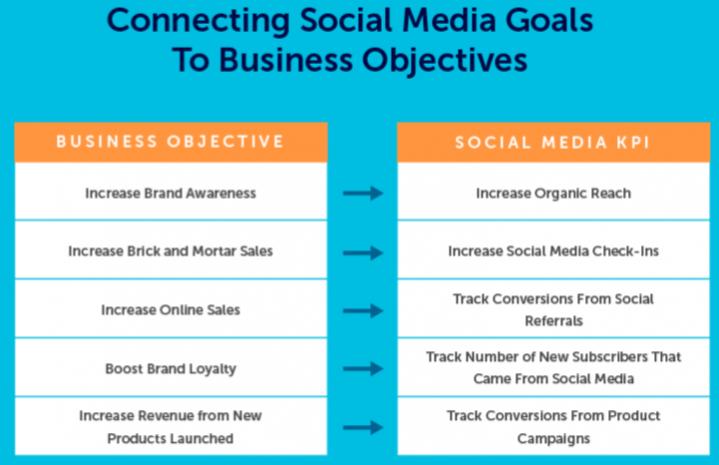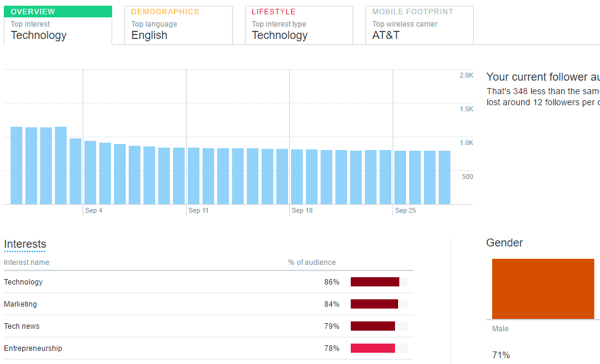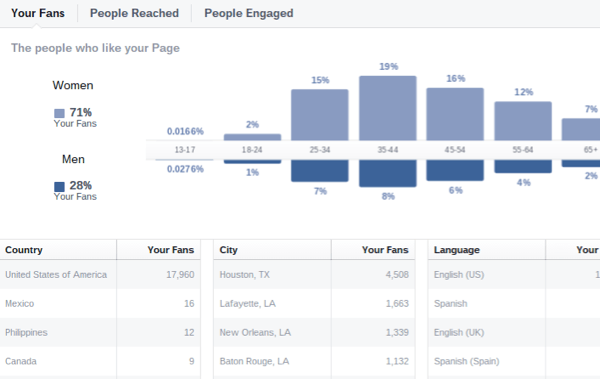The dreaded question of ROI in social media is not much different than any traditional marketing campaign. The same culprits, brand awareness, engagement and acquisition, all drive the understanding of a successful campaign. But in reality there are many more aspects to support that success story.
There is follower growth which is very easy to track. Likes, sharing, and mentions are all very supportive in your efforts to measure a campaign.

Getting your client to understand the SSOV (Social Share of Voice) of their brand is often a good wake-up call. If the brand is under performing or new to the market, than a good competitive intelligence report can illustrate the roadmap needed to a social media campaign.
The first step to measuring a campaign, Creating Metrics, is going to sound obvious, but the trick is to not just have metrics in place, but to think of them in the beginning stages of strategic planning, and not to be an afterthought.

Create Metrics To Measure The Campaign Goals
The next step is to match your goals to actual metrics and behaviors you can measure. For example, if you’re trying to measure engagement, then what is the practical form of engagement you want to track? Is it retweets or reposts? Replies or comments? Clicks? Here are a few suggestions of behaviors to measure, based on a few common social media goals…
- If you want to measure awareness, then use metrics like volume, reach, exposure, and amplification. How far is your message spreading?
- If you want to measure engagement, then look for metrics around retweets, comments, replies, and participants. How many people are participating, how often are they participating, and in what forms are they participating?
- If your goal is to drive traffic to your website, then track URL shares, clicks and conversions. Are people moving through social media to your external site and what do they do once they’re on your site?
- If your goal is to find advocates and fans, then track contributors and influence. Who is participating and what kind of impact do they have?
- If your goal is to increase your brand’s share of voice, then track your volume relative to your closest competitors. How much of the overall conversation around your industry or product category is about your brand?

For example, if you’re sponsoring a Twitter chat, your first goal is awareness, so we want to measure:
- The tweet volume and reach of your Twitter chat
- How many unique people tweeted with your hashtag
We’re also interesting in getting to know this community, so we want to know more about the participants, including:
- Any influence metrics we can find (like follower counts and Klout scores)
- Relevant demographic information about them (gender, location, etc…
Delve Into Audience Demographics
As you grow your following, monitoring your audience demographics can inform your strategy and help you modify posts and paid ads for future promotions.
On Twitter, your analytics data provides audience information related to your followers. Simply click on Audiences to find the relevant information.
You’ll see a broad overview of your audience, as well as specific demographics, lifestyle interests, and other information.

On Facebook, you can access audience information in your Insights under People. Click the Your Fans section to view various demographic factors for your fan base.

So now you’ve seen some different ways to measure your campaign, but what are the tools of the trade to do so?
Calculate the Reach
The Reach metric combines the number of people you’ve reached both within and outside of your audience. When people engage with your content, their activity is usually shared with their connections, which increases your page’s reach.
Review the “Human Element” of Replies and Comments
Replies and comments on your posts can help you gauge how interesting or engaging your topics are. As with reactions, they’re direct response metrics that help you weed out uninteresting content from your publishing schedule.
Social Share of Voice (SSoV)
Social Share of Voice measures how many people are mentioning your brand on social media compared to your competitors.
Mentions can be either:
- Direct (e.g., “@paulkaiser”)
- Indirect (e.g., “SocialKaiser”)
SSoV is, essentially, competitive analysis: how visible—and, therefore, relevant—is your brand in the market?
How to track it:
STEP 1: Measure every mention your brand receives—direct and indirect—across your social networks.
STEP 2: Measure your competitors’ mentions during the same reporting period.
STEP 3: Add your mentions and those of your competitors to get the total industry mentions.
STEP 4: Divide your brand mentions by the grand total and multiply by 100 to get your SSoV percentage.
Note: Using social media analytics tools will make this process easier.
Applause Rate
Applause Rate is the number of approval actions (e.g., likes, favorites) a post receives relative to your total number of followers.
When a follower likes or favorites one of your posts, she’s acknowledging that it’s valuable to her. Knowing what percentage of your audience finds value in the things you post can—and should—inform your content moving forward.
How to track it:
STEP 1: Add up the total approval actions a post received over the course of a reporting period.
STEP 2: Divide that number by your total followers and multiply by 100 to get your applause rate percentage.

Sprout Socials top analytics tools can help you track your social presences
Neil Patel knows SM Analytics